Have you been having bad luck with plants? You buy them, care for them, and then watch helplessly as they wither droop one by one after a few weeks?
It’s alright – you’re not alone.
Chances are, you don’t have a black thumb. You’re simply making very common mistakes in caring for your plants. It happens all the time.
So if you wish to become more well versed in how to keep your plants around longer, here are a few useful tips and tricks to remember.
Buy the Right Indoor Plants
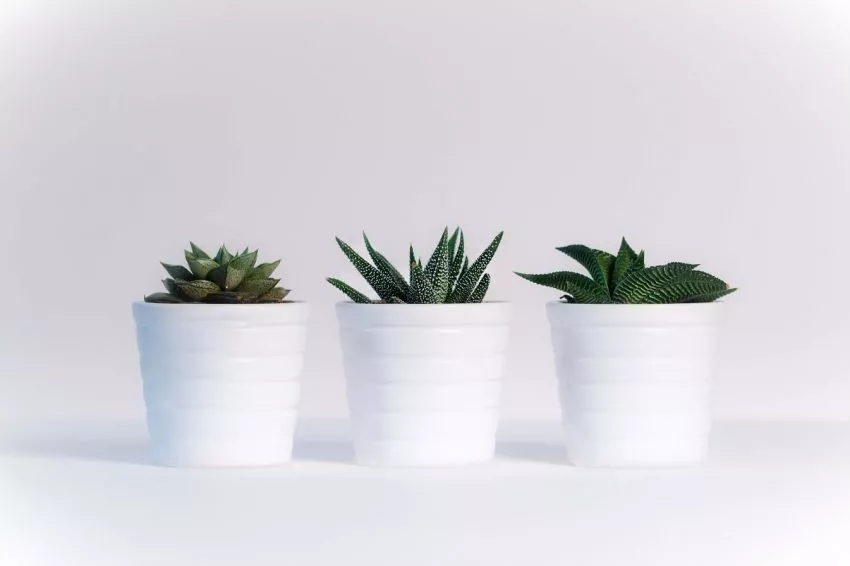
The very first step in sustaining a plant’s life is to ensure that you’re buying the right kind for your home. Before taking home a plant, consider these important factors:
- Your area’s weather conditions.
- Access to light, temperature and humidity.
- The amount of time you can put into them.
- The plant’s current state of health.
If you’re unsure of the conditions your plants may encounter, you might want to start by getting a low maintenance plant first.
These types of plants don’t require much attention and thus are perfect for individuals who are often busy and on the go.
Putting in the time and effort is also a big factor. If you’re a busy bee or a newbie, you might want to start with low-maintenance plants first.
Try out some of the beautiful, fresh daily blooms Melbourne has to offer and see how it goes.
Keep Stocked Up on Supplies
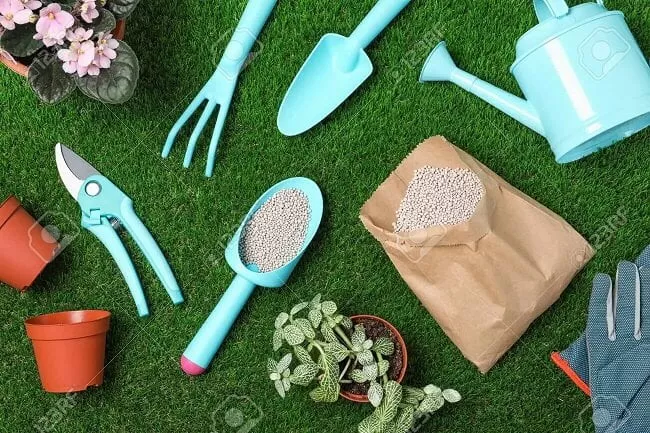
After you’ve got the right plant with you, the next thing to do is to stock up on the proper gardening supplies.
Here’s a quick list of some of the must-have supplies to make your plant parenting journey easy, simple, and fun!
- Fertilizer.
- Extra pots for repotting.
- Moisture meter for checking the dryness of the soil.
- Spray bottles for misting.
- Scissors for pruning.
If the place where you bought your plant also sells supplies, it’s always a good idea to ask which materials will work best in your (and your plant’s) favour.
Repot Your Plants
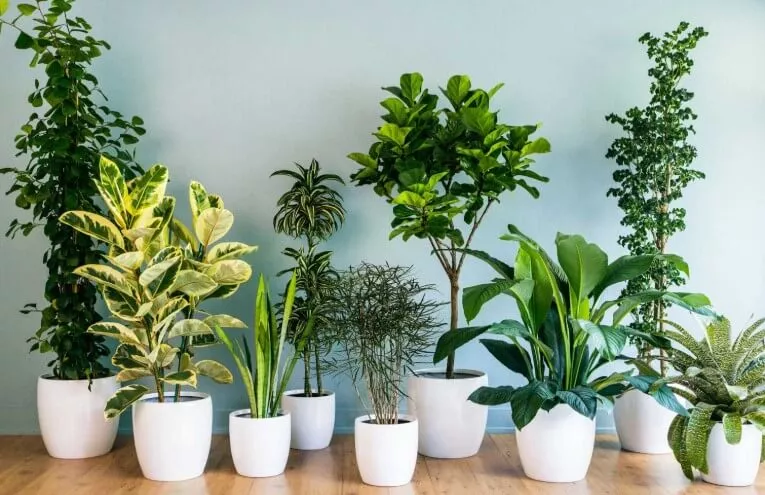
After taking your new plants home, the first thing that you should do is to repot them.
This is a simple way of giving them more space to grow and breathe.
This is why it’s essential to have an extra pot that is at least an inch or two wider than the current size of your plant.
Make Sure They Get Enough Sunlight
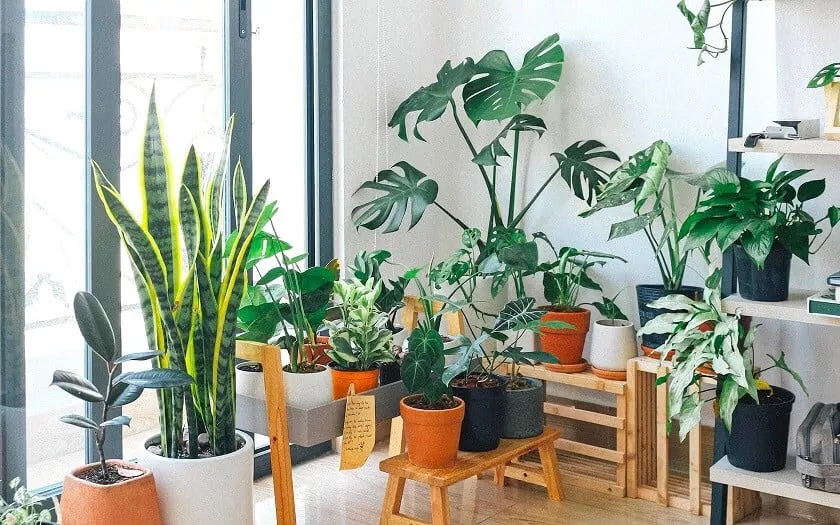
Aside from the nutrients and water that the soil gets, light is also one of a plant’s basic needs.
Make sure that every plant you have gets the sufficient amount of sunlight that they need like plants front yard landscaping ideas.
Read up on the plants that you have to find out how much light they need so you can plan for them properly.
Because your plant will be placed indoors, it’s important that you position them in a spot in which they are sure to receive sunlight from outside.
Always Water When the Soil is Dry
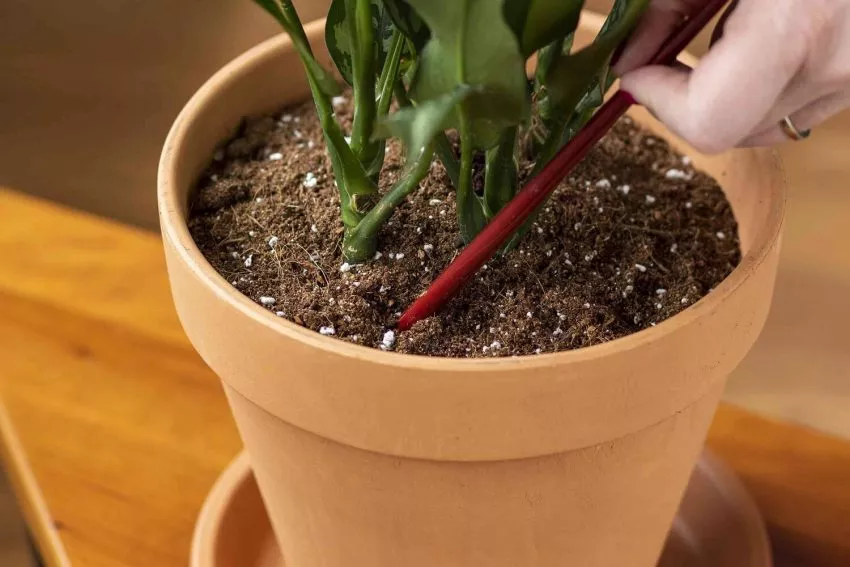
When it comes to watering, you can follow the main rule of thumb that most plant parents abide by: water only when the soil is dry.
This is where your moisture meter will come in handy. It is a handy little tool that will tell you whether your potted little greens are thirsty or not.
These are only some of the basic steps that you can take to make sure that your plant babies will live longer under your care. Make sure to check up on them as much as you can to see how they’re holding up.
If you see these tell-tale signs on your plant, it could mean that they’re in trouble and that you have to act fast:
- Leaves are dropping off.
- Lower leaves are turning yellow.
- Leaves have started to wrinkle.
- Edges are turning black.
- Roots seem to be rotting.